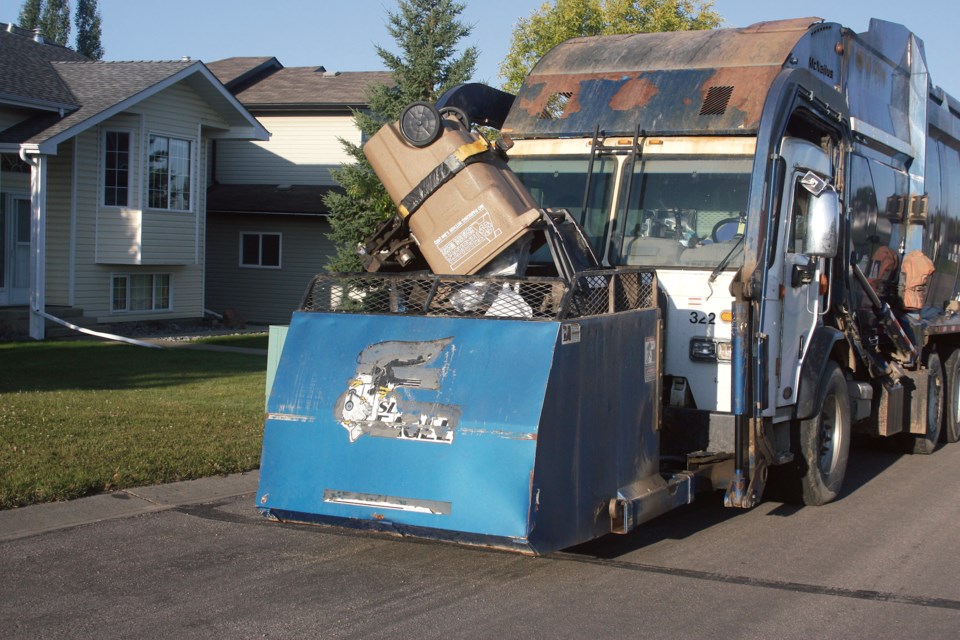ATHABASCA – The Town of Athabasca will pay a slightly larger percentage into the Athabasca Regional Waste Management Services Commission (ARWMSC) after a review of the cost-sharing agreement between members found some have been overpaying.
At the May 4 Athabasca town council meeting, councillors discussed a number of options and their preference for how the cost of waste disposal and recycling at the Athabasca Regional Landfill for each member is determined.
“I guess basically what they're suggesting is that some of some of the municipalities were overpaying for the number of residences that were involved in the process and so they've come up with a better count, and a solution that they feel is equitable going forward,” said Coun. Dave Pacholok who represents the town on the commission along with Coun. Rob Balay.
ARWMSC includes Athabasca County, the town, Village of Boyle and M.D. of Lesser Slave River, as well as the summer villages of Bondiss, Island Lake, Island Lake South, Mewatha Beach, South Baptiste, Sunset Beach, West Baptiste and Whispering Hills. The county has by far been the largest contributor, paying roughly 60 per cent of the $1.22 million annual requisition.
The town puts in about 16 per cent; Boyle about five per cent; M.D. of Lesser Slave River three per cent; and the summer villages make up for the remaining 16 per cent.
A report from administration included in the council package provided a timeline of methods used to determine the percentage paid by each member.
From 2000-2013, the summer villages were under the county’s umbrella and were invoiced accordingly based on members’ actual usage that crossed over the scales from the transfer sites and included commercial waste within members’ boundaries.
In 2014, the summer villages became separate members of the commission and the cost-sharing formula became more complicated, so a new method was introduced that used the number of dwellings and residences— existing members used dwelling counts, while the summer villages used residences, which included any building intended for residential occupancy, including RVs and campers.
In 2017, Athabasca decreased its count from 5,525 to 5,243 and the difference was absorbed by the other members. Then, after an internal review in late 2020, the county adjusted its count from 5,254 to 4,053 after realizing RV campsites, hunting cabins and un-serviced cottages were being counted as dwellings.
At that point members voted to keep the status quo for the time being, but asked for a cost-share user analysis that was presented in December 2020.
At the commission’s February meeting administration presented cost sharing scenarios based on equalized assessments and a comparison of the current requisition percentages to the percentages in 2013 where the deficit was shared based on actual user percentage and tonnage. Both assessment models showed an imbalance between what members are paying and their usage.
Upon review and discussion both the assessment models revealed an imbalance when compared to what members are currently paying and the usage analysis.
“In a perfect system each transfer site would have a scale and each user would be tracked by where they live and the amount of waste by weight they disposed of and then usage by member would be most accurate. By analyzing the waste usage in more than one method we have realized similar results,” read the report to council.



